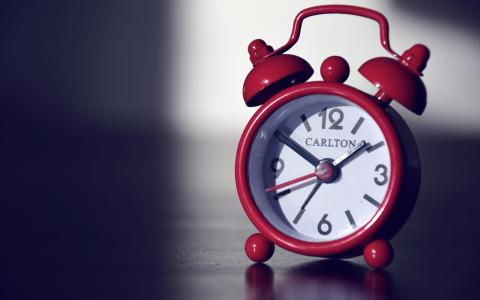
(Yahoo! Finance) - Federal Reserve Chair Jerome Powell said Tuesday that it will take "longer than expected" to achieve the confidence needed to get inflation down to the central bank’s 2% target, signaling that it will also likely take longer to cut rates.
"Given the strength of the labor market and progress on inflation so far, it's appropriate to allow restrictive policy further time to work and let the data and the evolving outlook guide us," Powell said at an event in Washington on the Canadian economy.
The comments mark Powell’s first acknowledgment yet that sticky inflation data in the first quarter of this year are not showing the progress that the Fed needs to begin easing monetary policy.
Rates are currently at a 23-year high following an aggressive campaign by the Fed to tame inflation and cool the economy.
Powell's new stance was a departure from comments just two weeks ago when Powell offered assurances that the overall outlook had not changed much despite some hotter-than-expected readings at the start of the year.
He said then that central bank officials expect to lower rates at "some point" this year. On Tuesday he offered no such assurances or predictions of rate cuts.
Instead Powell said he believes the Fed’s preferred inflation gauge — the Personal Consumption Expenditures Price Index (PCE) excluding volatile food and gas prices — will be little changed for March over February.
PCE was 2.8% in February, well above the Fed's target. The March numbers will be officially released next week.
"We've said at the FOMC that we'll need greater confidence that inflation is moving sustainably toward 2% before it would be appropriate to ease policy," he said. "The recent data have clearly not given us greater confidence and instead indicate that it's likely to take longer than expected to achieve that confidence."
Inflation fears are rising on Wall Street. Markets were thrown for a tailspin last week following hotter-than-expected data for the third month in a row from another inflation measure: the Consumer Price Index (CPI).
CPI rose 3.5% over the prior year in March, an acceleration from February's 3.2% annual gain in prices and more than economists expected.
The year-over-year change in the so-called core CPI — which excludes volatile food and energy prices — was 3.8%, the same level as it was in February but a tenth of a percent higher than expected.
Traders who had been betting on a June cut took that option off the table. They now see a nearly 85% chance the Fed does nothing in June and a roughly 40% chance of a cut in July.
Odds are now favoring September as the first rate cut.
Investors have also scaled back the number of rate cuts they see this year to two, less than the median of three penciled in by Fed officials at their last policy meeting in March.
While inflation has been stickier in the first quarter, underscoring reasons not to cut rates, the job market has also turned in stronger readings, and retail sales for March showed consumers continue to spend at a solid clip.
Powell was not the only Fed official to hint at a longer timeline for any rate cuts. Fed vice chair Philip Jefferson warned Tuesday in a speech in Washington that if inflation remains sticky, then rates will need to be held higher for longer.
"My baseline outlook continues to be that inflation will decline further," he said.
"Of course, the outlook is still quite uncertain, and if incoming data suggest that inflation is more persistent than I currently expect it to be, it will be appropriate to hold in place the current restrictive stance of policy for longer."
By Jennifer Schonberger - Senior Reporter



